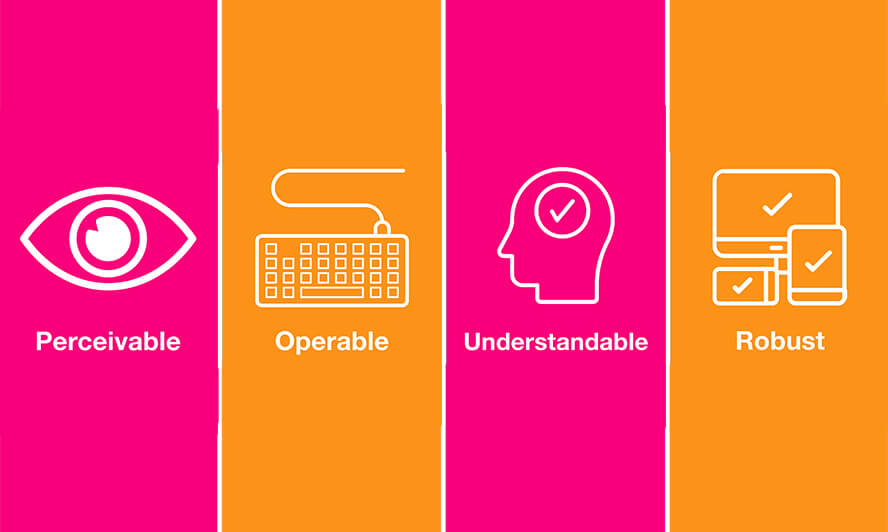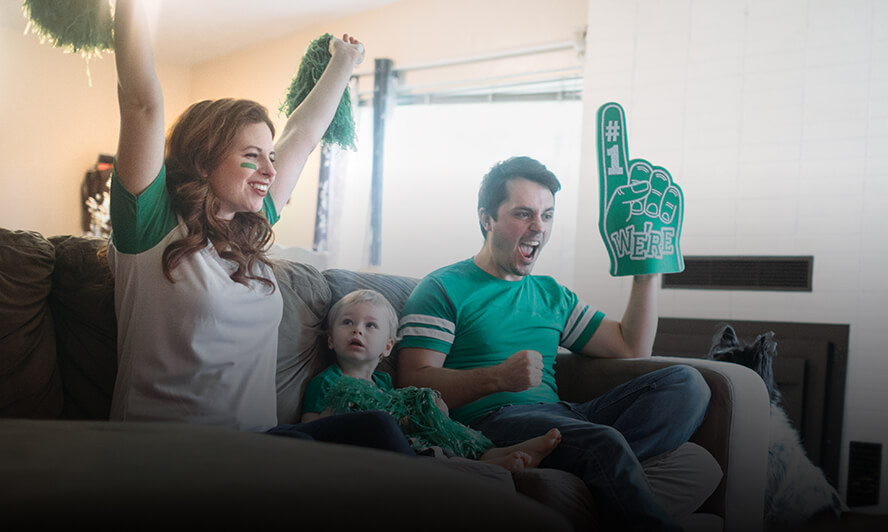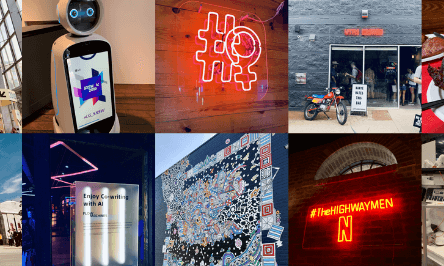Written by Nathan Young | Group Strategy Director at Periscope
"This week was the longest year of my life."
It’s a common refrain echoed across this country, from Twitter timelines to boardrooms. The steady drumbeat of bad news from civic leaders, infectious disease experts and global financial markets is enough to put gray hairs on anyone’s head. But there’s a scientific reason time feels as though it’s slowing down for most people: fear.
Science tells us that in times of crisis, our amygdala becomes more active, sending signals to the brain to imprint more detailed memories. The amygdala, which is chiefly associated with our body’s “fight or flight” response, keeps detailed track of information so we can make decisions to improve our chances of survival. So, that feeling of time slowing down? That’s the feeling of thousands of high-definition memories being forged in our minds to help keep us safe.
We all have flashbulb memories of where we were when 9/11 hit. We have vivid, emotional memories of our struggles through the Great Recession. And so too, we’ll be able to recount in detail our emotional response in the time of coronavirus.
This presents a pressing question for brands frozen by the pressures of this moment: When your customers look back on this time of crisis, how will they remember you?
History shows that advertisers who maintained or increased their ad spend during recessions fared far better than those who decreased it. There are many possible reasons for this phenomenon, from the power of the purse to the effectiveness of frequent messaging. But a much simpler explanation might be at play: In times of crisis, we remember the voices of those who were in the foxhole with us.
GM – “Keep America Rolling”
Eight days after the harrowing events of 9/11, General Motors rolled out a campaign called “Keep America Rolling.” While the campaign creative was nothing to write home about, the speedy, tactical response — rolling out 0% financing when consumer confidence was at near-record lows — acted as a salve for frightened consumers and staved off the huge hit to the automotive industry many economists predicted. Taking decisive action in this moment could not have been easy, but had GM not acted quickly, the results could have been disastrous for the company.
Why did this campaign work? The campaign clicked with consumers eager for reassurance in the face of terrifying times. At a time where they felt helpless to do anything, GM positioned car buying as the patriotic thing to do and restored a sense of control.
Allstate – “Back to Basics”
During the Great Recession, Allstate took a different approach. They leveraged their history in a spot called “Back to Basics,” where they reminded people that they’ve stood by customers through every recession since the Great Depression, and that, though times are tough today, brighter days lay ahead.
Though in some ways insurance is “recession-proof,” Allstate recognized that the confidence of America’s middle class was eroding, a fact that could have driven a move to lower-cost discount insurance providers. Rather than slashing prices to compete, Allstate got ahead of the issue, reminding Americans that when times get tough, you need a partner with a proven track record of being there for you.
Miller High Life – “Delivery Guy”
Solemnity is not the only way to showcase solidarity with the consumer. Though MillerCoors had featured “High Life Delivery Guy” in advertising that predated the Great Recession, the straight-talking everyman found new relevance as times got tougher.
In 2009, at the height of the recession, MillerCoors rolled out a series of spots that called out the insanity of the market and positioned Miller High Life as a beer for regular people. In a deft move, the brand opted out of running a traditional (and expensive) 30-second spot in the Super Bowl, instead running a series of frugal one-second ads. The ads reinforced the core values of Miller High Life in a humorous way without making light of situation, and became one of the most talked about campaigns of Super Bowl XLIII.
In each of these instances, brands exhibited quick thinking and spirited creativity to react to the changing landscape around them. Though they took different tacks, their decisiveness led to big wins that lasted long after the troubled times. We consider these examples of “brand bravery” and urge other brands to follow their lead.
Here, we share three tenets of how brands can show bravery — today and in the future.
- Adaptation: Recognize shifts in the market and consumer behavior, and make rapid changes to take advantage of those new opportunities. If your target audience is unable or unwilling to buy, diversify your targets or make changes to your offering to incentivize new growth. If your core message or model doesn’t meet the moment, the time may be right for a dramatic reinvention of your company or a reinterpretation of your mission.
- Connection: Go beyond what your personas tell you and try to put yourself in the consumer’s shoes. What do they need from you? What do they want to hear from you in this moment? Resist joining the chorus of brands sending out milquetoast statements of solidarity, and come up with powerful, emotional ways to assert your brand’s relevance.
- Impact: It’s not enough to simply “do something.” At Periscope, we believe in doing things people love. People respond to actions that have a meaningful and demonstrable impact on their lives. Think creatively about how you can use the power of your brand’s voice to meet the needs of this moment, and you’ll be rewarded both through the tough times and in the recovery that’s sure to follow.
In a moment where it feels like time is standing still, brands have a responsibility to restart the clock and help the world move forward. Those who act boldly will be remembered for their actions. Those who don’t will run the risk of not being remembered at all.








